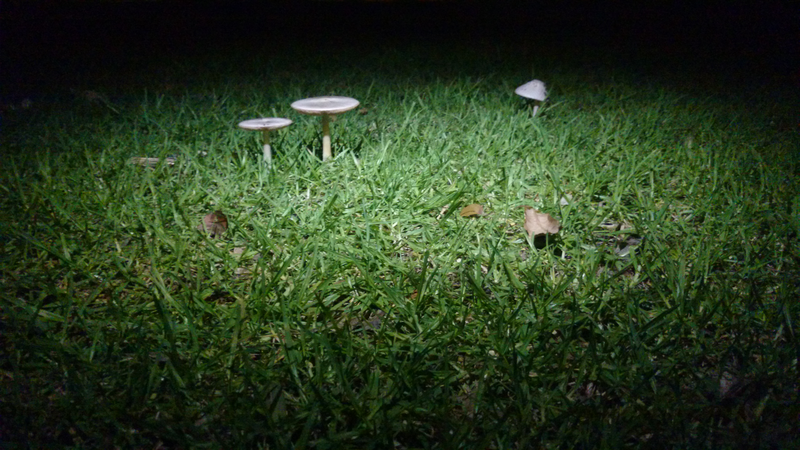Speccy is a small utililty I built for live-coding chiptune music in the browser with Clojurescript.
You can copy sounds from sfxr.me and paste them in as synth definitions, using code to modify any parameter over time, or start from scratch by building a synth up from basic parameters.
You can paste the following examples into the online editor to try it out:
; blippy synth
(sfxr {:wave :square :env/decay 0.1 :note #(at % 32 {0 24 3 29 7 60 12 52 19 29 28 52})})
; donk bass
(sfxr "1111128F2i1nMgXwxZ1HMniZX45ZzoZaM9WBtcQMiZDBbD7rvq6mBCATySSmW7xJabfyy9xfh2aeeB1JPr4b7vKfXcZDbWJ7aMPbg45gBKUxMijaTNnvb2pw"
{:note #(or
(at % 57
{5 35
27 34})
(at % 32
{0 24
6 29
18 21
26 12}))})
; hi hat
(sfxr {:wave :noise
:env/sustain 0.05
:env/decay 0.05
:vol #(sq % [0.3 0.1 0.2 0.1])})
; snare
(sfxr "7BMHBGCKUHWi1mbucW62sVAYvTeotkd4qSZKy91kof8rASWsAx1ioV4EjrXb9AHhuKEprWr2D4u4YHJpYEzWrJd8iitvr23br2DCGu7zMqFmPyoSFtUEqiM64"
{:note 36
:vol #(at % 16
{4 0.5
12 0.5})})
The full source code and documentation is available at GitHub.
Enjoy!


